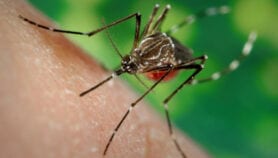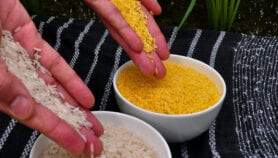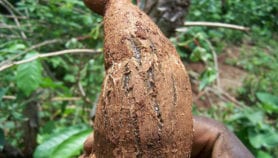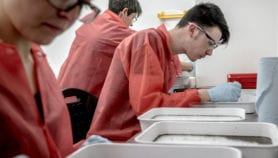By: Hepeng Jia
Send to a friend
The details you provide on this page will not be used to send unsolicited email, and will not be sold to a 3rd party. See privacy policy.
[BEIJING] One rice gene regulates both the plant’s fertility and its ability to resist a major bacterial disease, according to research published by Genes and Development this week.
The finding could help scientists develop rice varieties with higher yields and that are better able to resist the disease, says lead researcher Wang Shiping of Huazhong Agricultural University in Wuhan, China.
Bacterial leaf blight is one of the plant world’s most devastating bacterial diseases.
The newly discovered gene can have both positive and negative effects. The most common form of the gene makes rice plants more susceptible to bacterial leaf blight but also makes them produce more pollen.
According to Wang, one way for researchers to maximise the gene’s benefits would be to block its activity in leaves while boosting it in flowers.
In a separate study published this month, researchers led by Zhu Lihuang of the Chinese Academy of Sciences genetically modified rice to resist the single most important rice disease.
Rice blast disease is caused by a fungus called Magnaporthe grisea.
Zhu’s team modified rice plants using a local variety that resists all 156 Chinese and Japanese strains of the fungus. The research was published online by the The Plant Journal on 4 May.
Link to abstract of paper in Genes & Development
Reference: Genes and Development, DOI: 10.1101/gad.1416306 (2006)
Link to abstract of paper in Plant Journal
Reference: Plant Journal doi:10.1111/j.1365-313X.2006.02739.x (2006)













